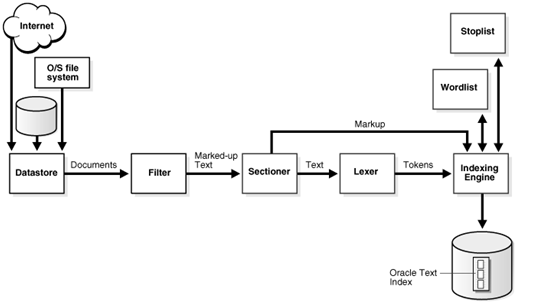About Indexing
What is Indexing?
Indexing is the process of creating indexes for record collections. Having indexes allows researchers to more quickly find records for specific individuals; without them, researchers might have to look through hundreds or thousands of records to locate an individual record. It also represents a number referring to a list of terms, definitions, topics etc. arranged in alphabetical order in order to efficiently guide the readers to the desired information within the content.Indexing facilitates in the organization of literature in such a manner that makes the document of interest easily identifiable by the readers.
How is indexing done?
The indexer usually receives a set of page proofs for the journal at the same stage when the document is undergoing final proofreading. The indexer requires the page proofs, to make a list of headings and subheadings (term to appear in the index) and the location of each pertinent reference. After completion of the rough index, it is edited for structure, clarity and consistency, formatted to specifications, proofread and submitted to the client as final soft copy.The time period for indexing depends on the length of manuscript. The more the content of the manuscript, the more time it will take to be indexed. Sometimes the illustrations, diagrams, pictures or table include extra information that does not appear in the text. Therefore, it is essential to mention that in the index.
The Need for Indexes
- The function of an index is to give users systematic and effective shortcuts to the information they need.
- Indexes are needed for any information collection, except the very smallest.
Indexing Procedure

Journal indexing benefits
Increase your e-journal content usage through the power of DRJI.
- Researchers gain access to the most recent literature, even if it has not yet been indexed by other sources.
- Automatic set-up of holdings means zero administration.
- Faster results with fewer headaches through automatic e-journal results included with every database search.
- Keeps users on top of their areas of interest with a single place to manage Journal Alerts and Search Alerts.